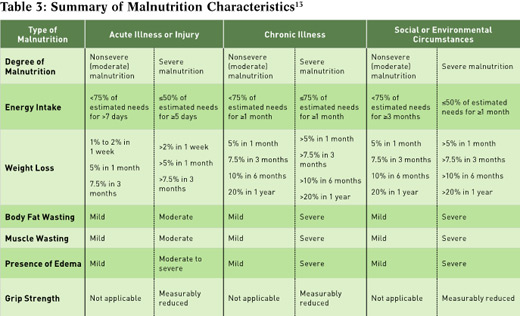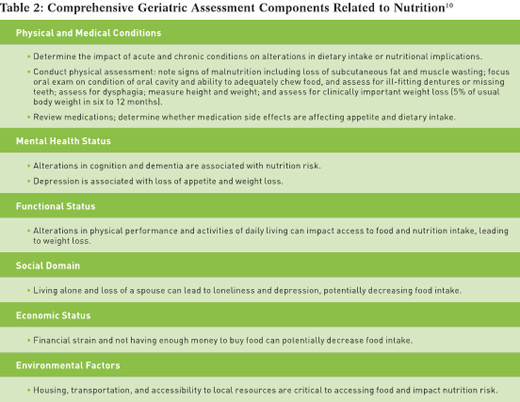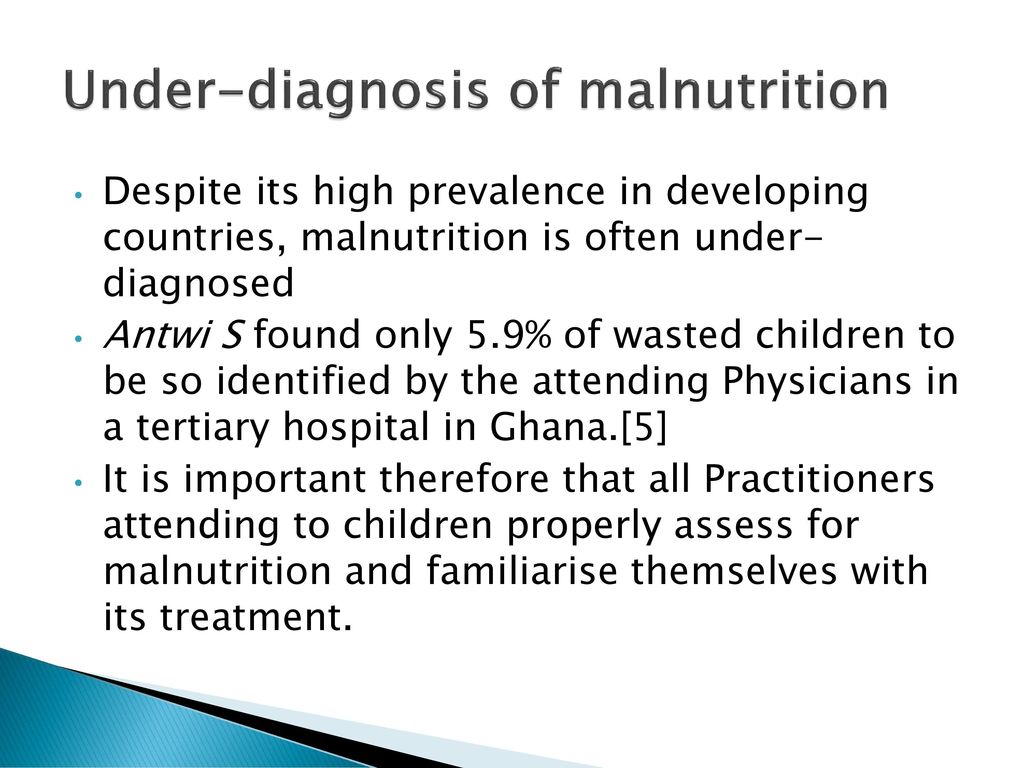Unbelievable Tips About How To Diagnose Malnutrition

Phenotypic metrics for grading severity are proposed.
How to diagnose malnutrition. Outline of diagnosis of malnutrition includes bmi, routine blood tests and so forth. Poor nutritional status is often referred to as clinical malnutrition or undernutrition and applies to individuals who are overweight and underweight. Just like any other condition, the clinician should be making a diagnosis, giving clinical support, and doing something about it, if possible.
It is recommended that the. Subjective global assessment, the mini nutritional assessment, the academy of nutrition and. Other symptoms of malnutrition include:
Both use food intake, weight loss, and reduced muscle mass as part of a comprehensive set of criteria used to diagnose malnutrition. What are the causes of malnutrition? A patient does not need to be.
To find out if you have nutrients deficiencies, consider discussing your dietary habits with your doctor. Four malnutrition diagnostic tools are currently in use today in adults: There’s two different routes that you will take to diagnose malnutrition.
To diagnose malnutrition at least 1 phenotypic criterion and 1 etiologic criterion should be present. Malnutrition typically results in changes to the physical exam. Glim criteria for the diagnosis of malnutrition, must have 1 phenotypic and 1 etiologic criteria to diagnose the presence of malnutrition.
The rd may perform a physical exam and document any one of the physical exam findings below as an indicator of. Body mass index (bmi) this is calculated by the weight in kilograms divided by the height in. Symptoms of undernutrition include weight loss, fatigue,.
/malnutrition-criteria-520700-FINAL-a517d3d7330d43bc8fd209c6ee255f12.jpg)














